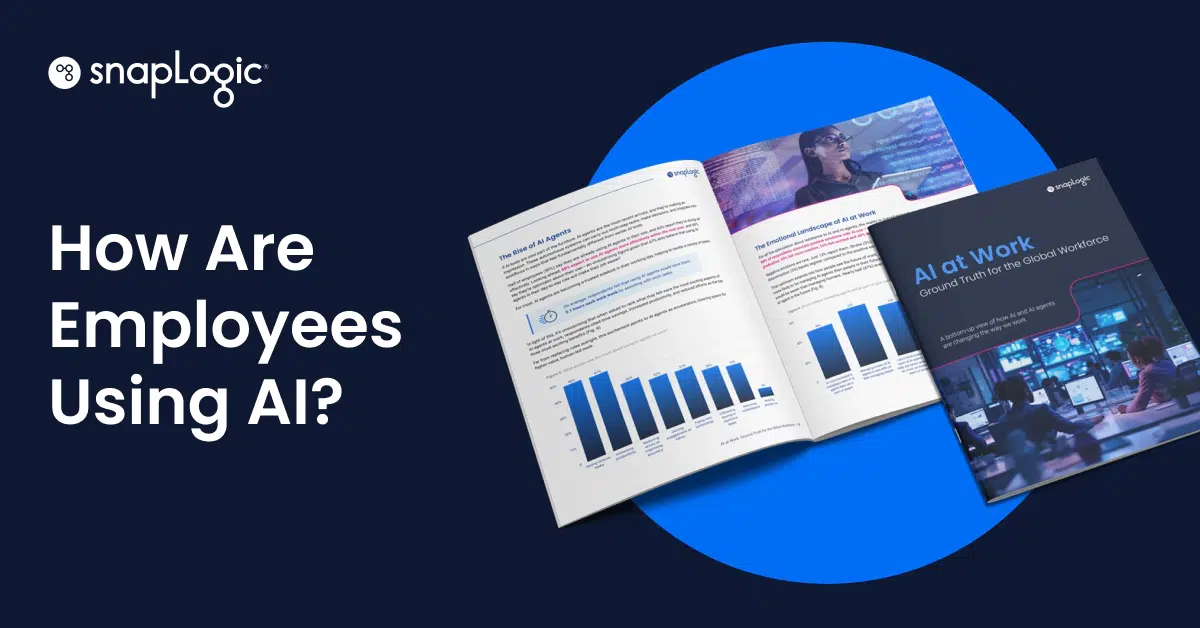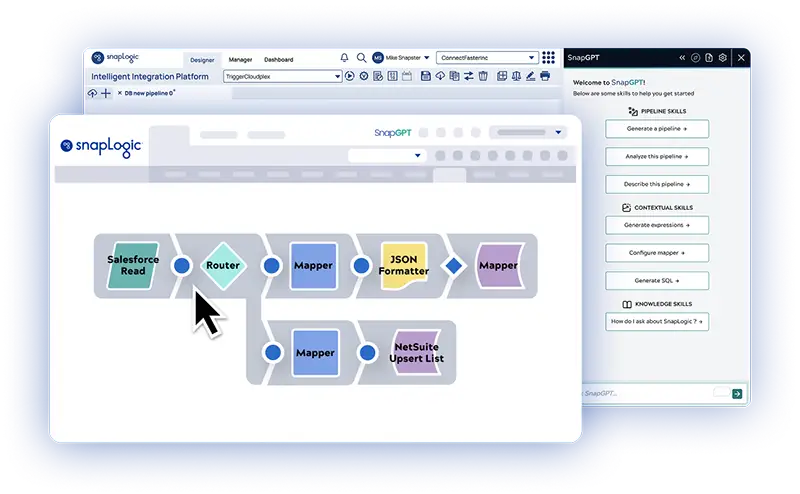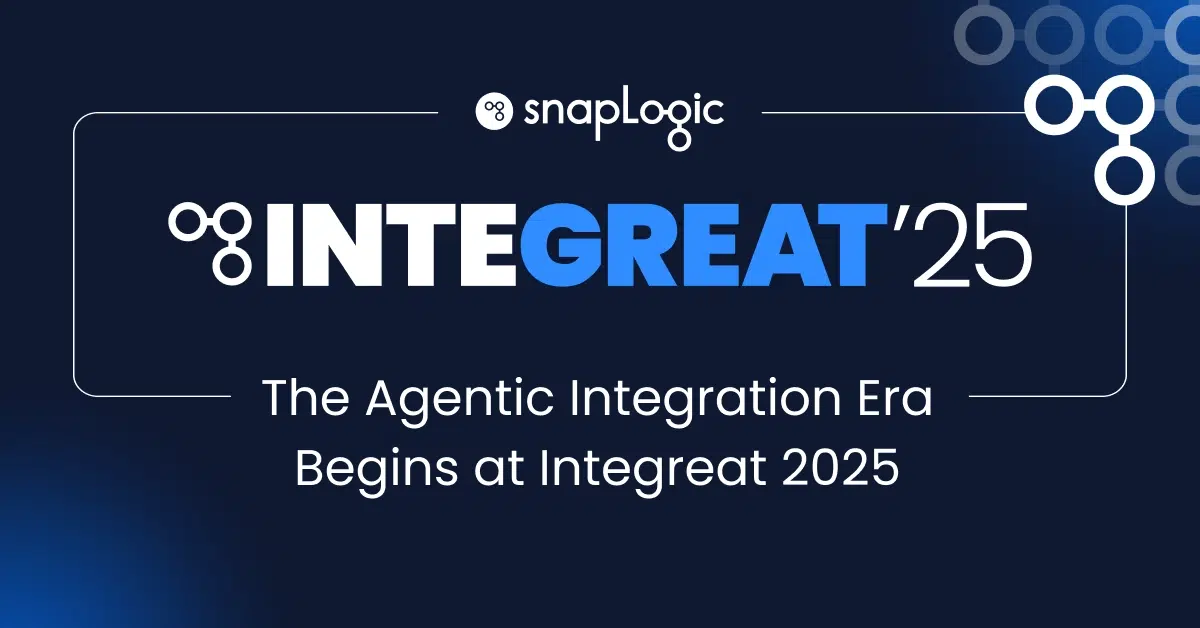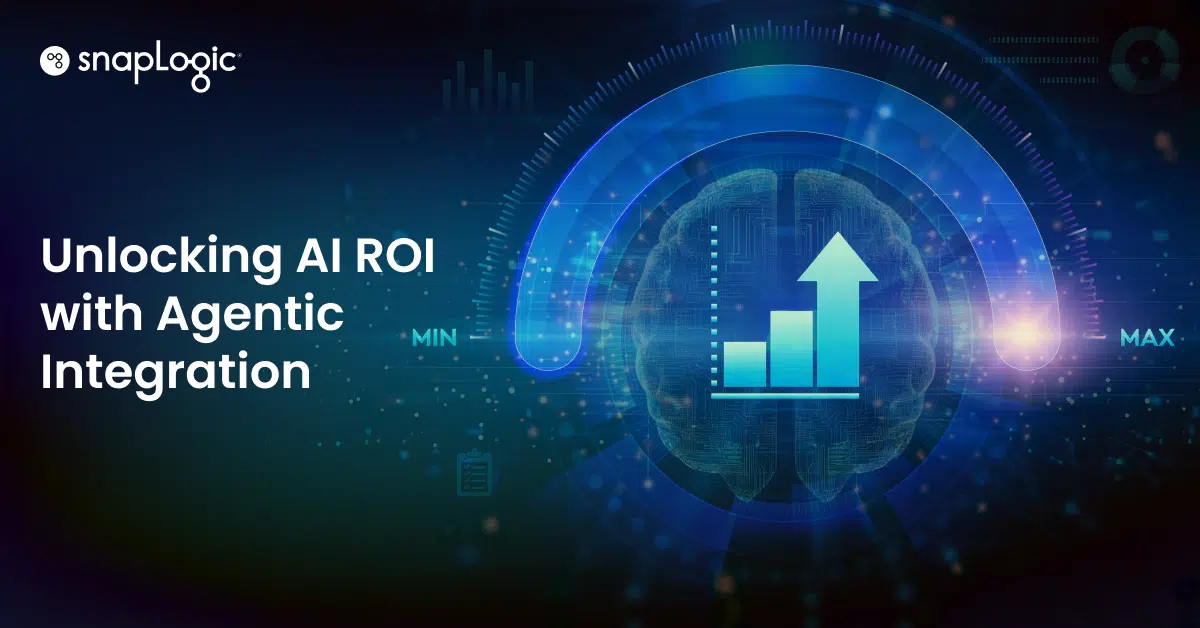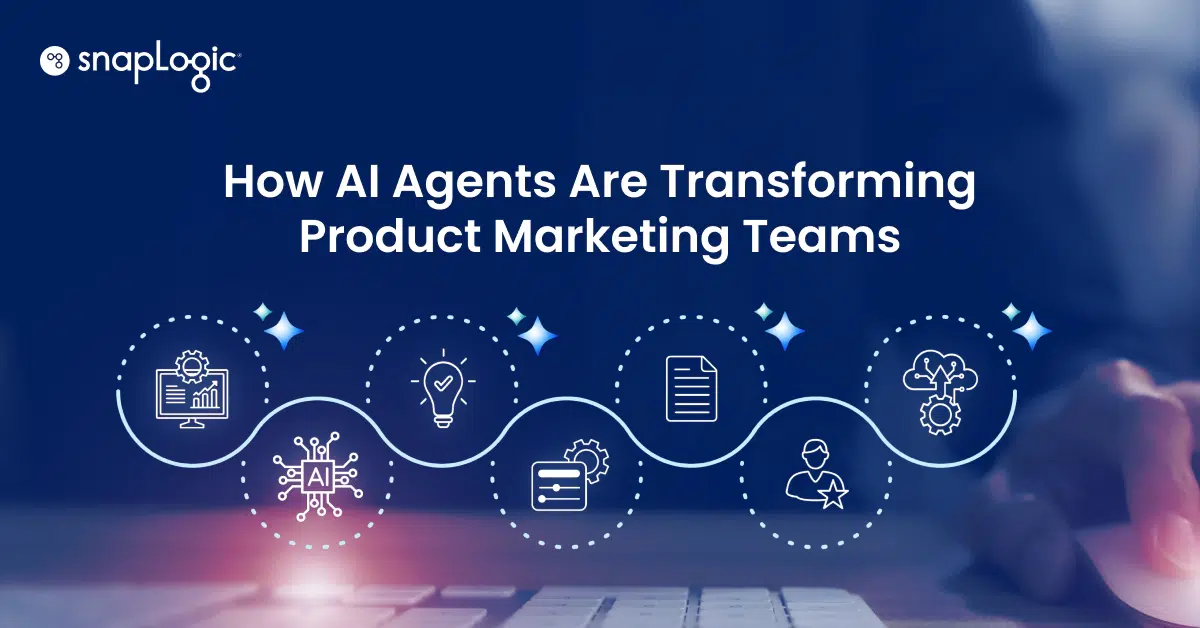New research from SnapLogic reveals that while AI adoption is booming across the workforce, gaps in training, trust, and access threaten to slow its true potential.
AI has entered the everyday workflow
According to SnapLogic’s new “AI at Work: Ground Truth for the Global Workforce” report, based on a survey of 3,000 employees, managers, and leaders across the US, UK, and Germany, 78% of workers already use AI tools in their roles, with half (50%) now leveraging AI agents, autonomous systems that can make decisions and complete tasks.
For many employees, AI has become a daily companion. Nearly all respondents (97%) report using AI weekly, while two-thirds use it every single day. Interacting with AI an average of 6.5 days a week and saving over 3 hours per week on routine tasks such as data analysis, meeting summaries, and reporting.
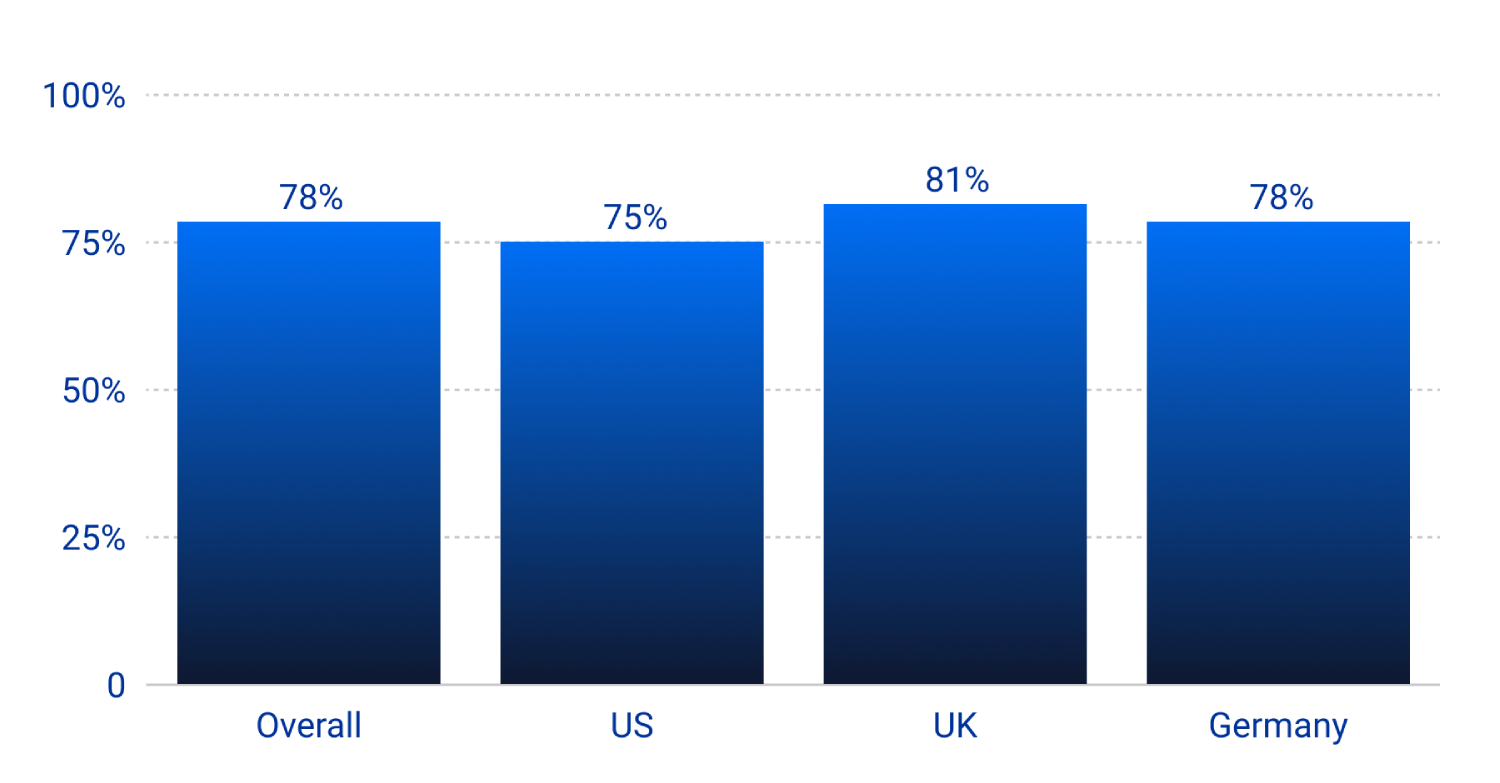
The growing divide between managers and the rest of the workforce
While AI use is widespread, adoption isn’t equal. The report highlights a clear managerial divide, and it’s widening.
- 79% of managers use AI in their roles, compared with only 54% of non-managers
- 70% of managers describe themselves as very confident using AI tools, compared with just 43% of non-managers
- And while 82% of managers say they’ve received training, only 62% of non-managers have
Uneven access to training and support means that, despite strong adoption, AI maturity remains concentrated among senior roles. This potentially leaves large portions of the workforce behind.
The agentic enterprise is not about replacing people, it’s about using AI to ease workloads, spark creativity, and reshape how work gets done. Disparities in adoption and training show that success depends on building trust and readiness across every level of the organization
Jeremiah Stone, CTO at SnapLogic
Training is the missing link
If there’s one consistent theme throughout the research, it’s this: training is the single biggest barrier to effective AI adoption.
- 97% of respondents believe AI education is vital for safety and data security
- Yet only 63% have received any company-advised or mandated training
- 47% say they are self-taught, and 22% have had no training at all
This lack of structured learning has created a workforce full of enthusiasm but with limited guidance. Employees are eager to use AI but unsure how to do so safely, ethically, and effectively. A situation that risks undermining both productivity and trust.
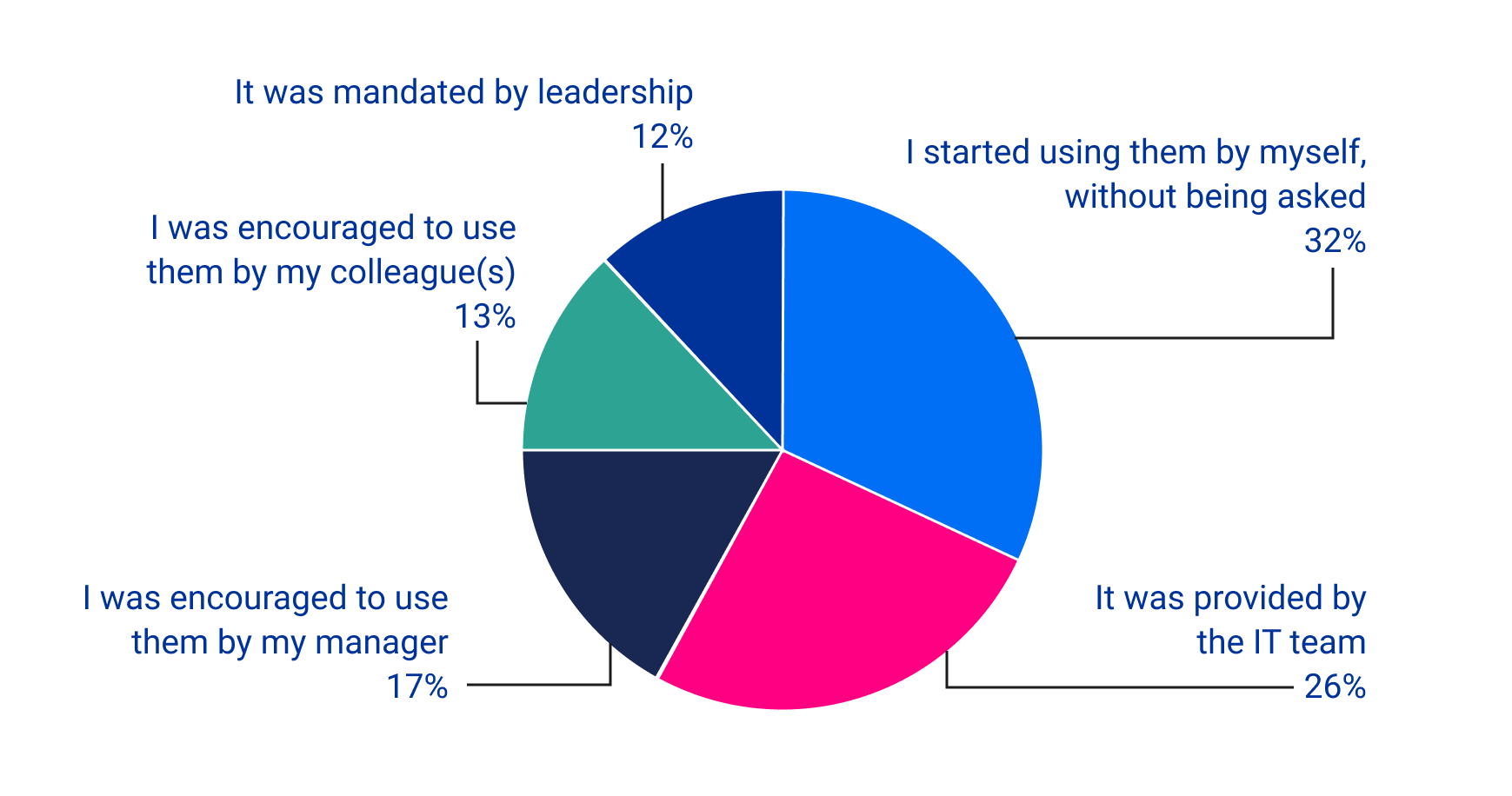
Trust and perception are still evolving
Despite the hype, AI still carries a stigma in some workplaces. 45% of employees believe using AI tools is seen as lazy or untrustworthy, while 39% feel judged or second-guessed when they use them.
That said, confidence in AI is rising fast. Workers now report more trust in AI agents than in junior colleagues or interns, a shift that reveals growing acceptance of AI as a competent partner in day-to-day work.
When asked which decisions they’d trust AI agents to make autonomously, employees ranked data analysis, operational tasks, and training recommendations highest. Signaling that trust builds first through consistent, visible success in repetitive or analytical areas.
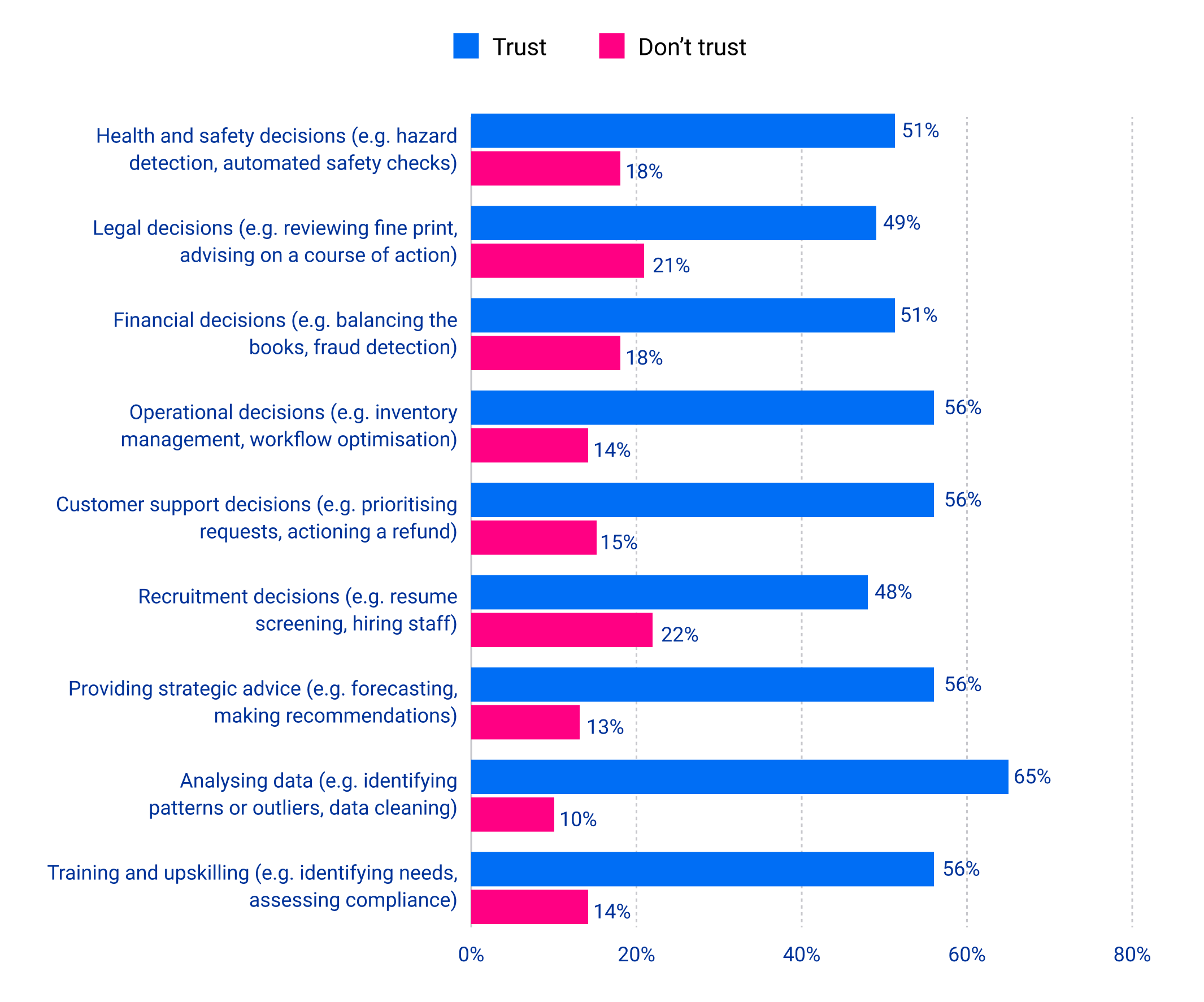
Positive momentum and a look toward the future
Far from fearing automation, most employees see AI as empowering. 88% associate positive emotions with using AI, citing feelings of productivity, creativity, and excitement. And half (50%) believe they’ll soon be managing AI agents — rather than people — in their careers.
Yet optimism comes with realism: respondents also recognize that data privacy, security, and cultural readiness remain the top organizational barriers to scaling AI effectively.
The message is clear: AI isn’t just a technology shift. It’s a cultural one.
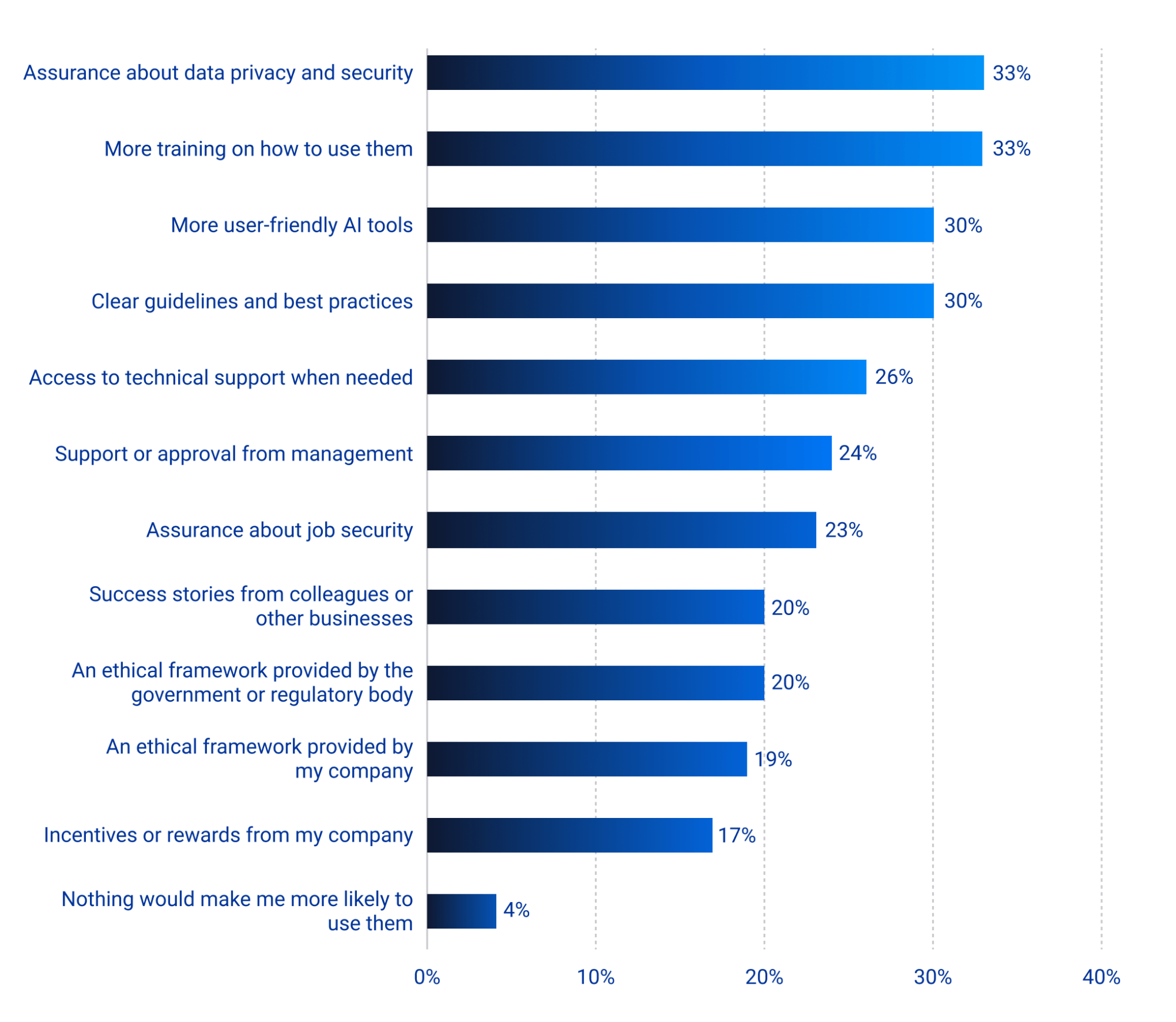
How companies can close the gap
Based on the findings, SnapLogic identifies several key steps leaders should take to unlock AI’s full value:
- Start with AI-ready data. Modernize infrastructure and architecture to ensure data is clean, connected, and scalable.
- Build governance into every AI agent. Transparency and explainability build trust across teams.
- Invest in training at every level. Structured programs must go beyond management and reach all employees.
- Integrate AI across functions. True value emerges when AI connects finance, HR, marketing, IT, and operations.
- Measure and iterate. Track impact through metrics like time saved, error reduction, and user confidence to build momentum across the enterprise.
AI is people reinforcement
The AI at Work report makes one thing abundantly clear: the success of AI doesn’t hinge on algorithms. It depends on people. Those who feel trained, supported, and trusted are the ones unlocking its real potential.
Organizations that invest now in bridging the adoption and confidence gaps will move beyond experimentation and into the era of agentic enterprises, where humans and AI agents work side by side, each amplifying the other’s strengths.
Get the report: Download the complete “AI at Work: Ground Truth for the Global Workforce” report to explore all findings, industry breakdowns, and recommendations.


